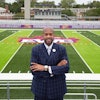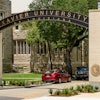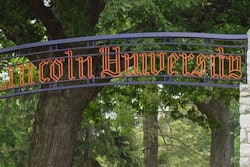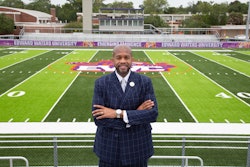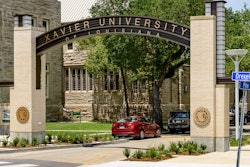Whenever I am asked how a campus should begin to internationalize, I
recommend a short, inexpensive report titled Educating Americans for a
World in Flux, published by the American Council on Education (ACE).
This report focuses on the task of educating all U.S. students to be
global citizens.
“The nation must commit itself now to providing all students with
the kinds of knowledge it once provided only to a few – a powerful,
deep rooted understanding of other languages, diverse cultures, and
global issues,” the report urges. “This kind of competence needs to be
provided not as something extra in the curriculum, but as an integral
part of the educational experience.”
The need to recognize the value of international education and begin
the task of changing priorities is no less important for historically
Black colleges and universities (HCBUs) and minority-serving
institutions (MSIs) than for majority-serving institutions. In fact,
one could argue that it is even more urgent for the former institutions.
While there are a number of ways an institution demonstrates its
commitment to international education, one generally recognized by
international educators is the number of undergraduate students who
study abroad for academic credit each year. According to Open Doors
1995/96, a yearly publication of the New York-based Institute of
International Education – which reports on the number of U.S. students
who study abroad and foreign students studying in the U.S. – of the
85,000 undergraduates who studied abroad during the 1995-96 academic
year, 10,571 were students of color. The precise ethnic composition was
4,146 (4.9 percent) Asian American; 3,827 (4.5 percent) Hispanic; 2,348
African American (2.8 percent); and 250 (0.03 percent) Native American.
Only sixteen HBCUs reported to Open Doors. Collectively, these
institutions sent 150 students abroad (most of whom are assumed to be
Black), out of a total HBCU population of 280,000. It is possible that
there were more students from HBCUs who studied abroad in the 1995-96
academic year, but they were not reported to Open Doors.
The 85,000 undergraduates who did study abroad in the 1995-96
academic year represent fewer than 1 percent of the 12.2 million U.S.
undergraduates that year. If these statistics are any indication, then
the task of internationalizing campuses is enormous for all of the
nation’s institutions of higher education.
Visionary leaders at HBCUs and MSIs have an exciting opportunity to
chart new territory and provide successful models for replication and
adaptation by other institutions. Models of international campuses that
reach low-income, minority, and nontraditional students are much needed
in higher education – and these are the very populations with which
HBCUs and MSIs have demonstrated success.


